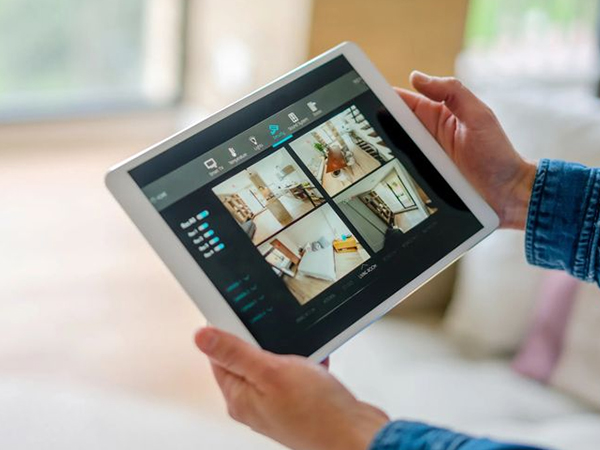




Home appliance touch displays are becoming increasingly popular as a means of controlling appliances such as refrigerators, ovens, and washing machines. The interaction design for these touch displays is crucial to provide users with a convenient and intuitive way to operate their appliances.
One of the key aspects of interaction design for home appliance touch displays is simplicity. Home users of all ages and technical backgrounds should be able to easily understand and use the touch controls. For example, on a refrigerator touch display, the interface might have large, clearly labeled icons for functions such as adjusting the temperature, setting the ice - maker, or accessing the food inventory management system. The layout of these icons should be logical, with frequently used functions placed in easily accessible areas. In an oven touch display, the controls for setting the cooking mode, temperature, and timer should be straightforward and uncluttered. This simplicity reduces the learning curve for users and makes the appliance more user - friendly.
Visual feedback is also important. When a user touches an icon or a control on the touch display, the display should provide immediate visual feedback to confirm that the input has been received. This can be in the form of a change in the color or appearance of the touched icon, or a short animation. For instance, when a user presses the "start" button on a washing machine touch display, the button might briefly change color to indicate that the command is being processed. This visual feedback reassures the user that their action has been recognized and helps to create a more engaging user experience.
Another consideration is the integration of voice control with touch controls. Many modern home appliances are now equipped with voice - activated assistants. The touch display interaction design should complement the voice control functionality. For example, on a smart refrigerator touch display, there could be a dedicated button for activating the voice assistant. This allows users to choose whether they prefer to use touch controls or voice commands based on their convenience. In addition, the touch display can provide visual prompts for voice - controlled actions, such as showing a list of available voice commands or the status of a voice - initiated task. This integration of touch and voice controls provides users with more flexibility in operating their home appliances.r
